glm.nb throws an unusual error on certain inputs. While there are a variety of values that cause this error, changing the input even very slightly can prevent the error.
A reproducible example:
set.seed(11)
pop <- rnbinom(n=1000,size=1,mu=0.05)
glm.nb(pop~1,maxit=1000)
Running this code throws the error:
Error in while ((it <- it + 1) < limit && abs(del) > eps) { :
missing value where TRUE/FALSE needed
At first I assumed that this had something to do with the algorithm not converging. However, I was surprised to find that changing the input even very slightly can prevent the error. For example:
pop[1000] <- pop[1000] + 1
glm.nb(pop~1,maxit=1000)
I've found that it throws this error on 19.4% of the seeds between 1 and 500:
fit.with.seed = function(s) {
set.seed(s)
pop <- rnbinom(n=1000, size=1, mu=0.05)
m = glm.nb(pop~1, maxit=1000)
}
errors = sapply(1:500, function(s) {
is.null(tryCatch(fit.with.seed(s), error=function(e) NULL))
})
mean(errors)
I've found only one mention of this error anywhere, on a thread with no responses.
What could be causing this error, and how can it be fixed (other than randomly permuting the inputs every time glm.nb throws an error?)
ETA: Setting control=glm.control(maxit=200,trace = 3) finds that the theta.ml algorithm breaks by getting very large, then becoming -Inf, then becoming NaN:
theta.ml: iter67 theta =5.77203e+15
theta.ml: iter68 theta =5.28327e+15
theta.ml: iter69 theta =1.41103e+16
theta.ml: iter70 theta =-Inf
theta.ml: iter71 theta =NaN

